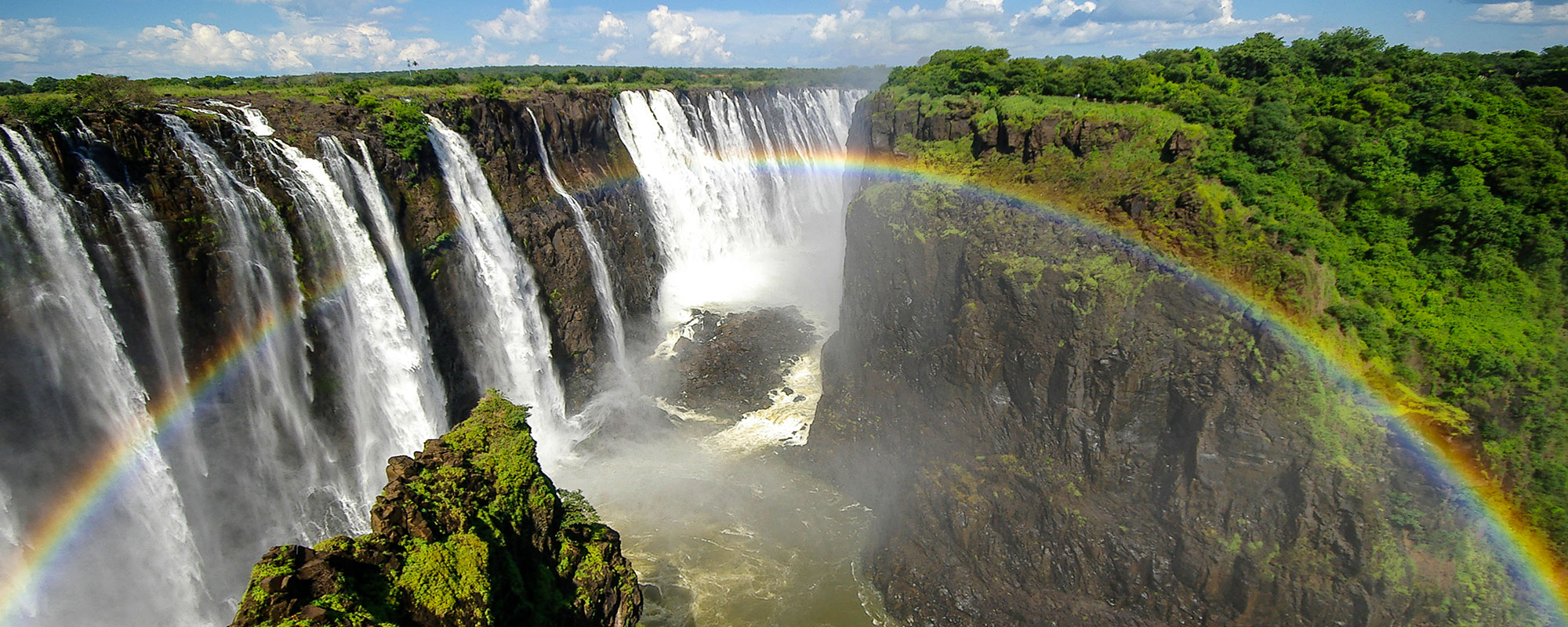
Before we dive into the significance of dragons in both mythology and fantasy it might be important to ask; where do dragons originally come from? We associate many attributes with them but why are dragons so often associated with waterfalls, pools, and caves? Why are they widely regarded as controllers of rain? Why are they typically portrayed as chimerical serpents, sporting horns, hair, feathers, or other bodily attributes characteristic of warm-blooded animals in conjunction with the body of a snake? Why are they sexed at all, but more particularly why, in widely separated parts of the world, are they regarded as androgynous? Why do they live in terrestrial water sources and yet take flight at the time of the rains? Why are they attacked by thunder or lightning? Why do they breathe fire? Why do they often guard a treasure, in particular a hoard of gold (Blust, 2000).
The most standard theory on the origin of the dragon is through diffusion. This speculation suggests that the dragon is a creation of the Egyption priesthood from where it spread into the East, Europe, India and China. From here the image of Tiamat as a horned serpent and spirit of chaos developed into a much more iconic creature. Other ideas for the physical appearance of the dragon come from other creatures such as the extinct dinosaurs or even the Loch Ness monster however it is hard to find evidence for these claims and organisms. A theory proposed by Blust (2000) is a connection between dragons and rainbows. This idea of the rainbow serpent stems from several folklore studies that feature waterfalls and originate in stories from Australia.

Waterfalls are a location where rainbows often appear, and this is where the connection is built since many of the stories surrounding the rainbow serpent feature both the presence of water and a serpent that devours humans. Continuing this trend there are also stories that mix both the dragon and rainbow, talking about a hungry meat-eating Rainbow living in a cave of water (Blust, 2000). These stories about rainbows appeal to the same characteristics as dragons have, such as the roaring sound of a waterfall or the plumes of waterfalls creating rainbows which can then be seen as the alter ego of dragons.
Even in the 21st century it is still quite a mystery where dragons really came from, they might have diffused from a single location, originated from folklore or different animals. This theory on the connection between dragons and rainbows is yet another interesting take on the fantasy creature which continues to intrigue humans with its massive presence.